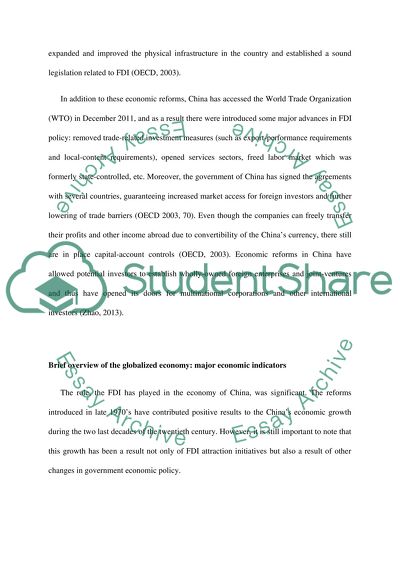Cite this document
(Economic Reforms Aimed at Opening Up of the Chinese Market for Foreign Term Paper, n.d.)
Economic Reforms Aimed at Opening Up of the Chinese Market for Foreign Term Paper. Retrieved from https://studentshare.org/macro-microeconomics/1660763-economic-reform-fdi-and-china
Economic Reforms Aimed at Opening Up of the Chinese Market for Foreign Term Paper. Retrieved from https://studentshare.org/macro-microeconomics/1660763-economic-reform-fdi-and-china
(Economic Reforms Aimed at Opening Up of the Chinese Market for Foreign Term Paper)
Economic Reforms Aimed at Opening Up of the Chinese Market for Foreign Term Paper. https://studentshare.org/macro-microeconomics/1660763-economic-reform-fdi-and-china.
Economic Reforms Aimed at Opening Up of the Chinese Market for Foreign Term Paper. https://studentshare.org/macro-microeconomics/1660763-economic-reform-fdi-and-china.
“Economic Reforms Aimed at Opening Up of the Chinese Market for Foreign Term Paper”, n.d. https://studentshare.org/macro-microeconomics/1660763-economic-reform-fdi-and-china.


